From Parsons Graduate to Design Entrepreneur: Why I Chose the Harder Path to Originality
One year ago, I exhibited my senior capstone project at ICFF’s Wanted Launch Pad and walked away with the first-ever Next Generation of Originality Award from Be Original Americas. That experience became my unexpected first step toward becoming a 24-year-old solo female founder of a design-wellness startup—now known as Buddy. This summer, I’ll officially launch our first product collection: a family of portable mood lamps designed to bring calm, focus, and connection in an overstimulating world.
The idea for Buddy started with a personal question that guided me through design school: how can everyday objects do more than just serve a function? Can they actually improve how we feel and bring moments of joy to our daily lives? That belief shaped Buddy’s design philosophy—playful functionality, emotional connection, and intuitive simplicity. The result is a collection of lamps that doesn’t just light up a room, but quietly transforms its atmosphere. Each lamp features gradient light colors based on color psychology and soft, character-inspired forms that feel like companions rather than just décor.
Bringing this idea from a prototype to a real product has been anything but straightforward. As a first-time founder, developing a hardware product from scratch meant learning to navigate endless technical and manufacturing hurdles. The easier route would have been to use off-the-shelf parts or borrow ideas from existing products. But every time I considered that path, I came back to the same thought: if I compromise on the details, it won’t deliver the experience I designed it for.
Every component in Buddy is custom—from the tactile winding key that controls the light to the carefully engineered gradient color transitions that create a soothing effect rather than harsh color shifts. One of the most memorable moments during user testing was watching someone interact with the lamp’s winding key for the first time. Their reaction was exactly what I had hoped for—a small, surprised smile as they intuitively discovered all the dreamy light colors controlled by a tactile interface. That’s the kind of emotional response that reminds me why every design decision mattered.
Since opening pre-orders last fall, I’ve been fully hands-on with every part of the process—from design for manufacturing and filing patents to managing production logistics and learning how to communicate the value of original design. It’s been a crash course in balancing creative vision with real-world constraints, and through it all, I’ve stayed committed to designing with empathy and refusing to settle for shortcuts.
What this process taught me is that originality isn’t found in one big breakthrough—it’s built through every small decision to stick to your values, even when no one’s watching and it would be easier not to. In a market where it’s easier than ever to replicate ideas, it’s these quiet, value-driven decisions that keep original design alive and meaningful.
Chevy Chanpaiboonrat
Founder, Buddy Design Inc.


